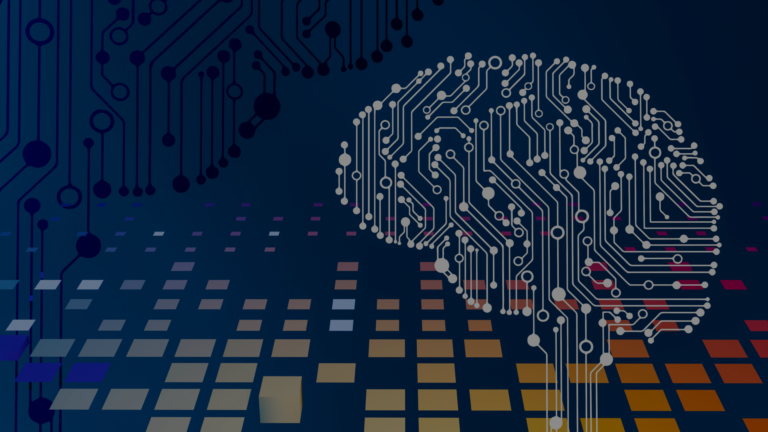.
Starting Development
When it comes to mobile and web applications, development can be broadly divided into two main areas: backend and frontend. Each plays a crucial role in how an app functions and how users interact with it. Here’s a simple guide to help you understand these concepts.
Frontend Development
Frontend refers to everything users see and interact with directly in an application. It’s also known as the “client-side.” Frontend developers focus on the design and user experience (UX), ensuring that the app is visually appealing and easy to use.
Key Aspects of Frontend Development:
User Interface (UI): This includes buttons, menus, icons, and other visual elements that users interact with.
Languages and Frameworks: Common languages used are HTML, CSS, and JavaScript. Frameworks like React, Angular, and Vue.js help in building dynamic and responsive interfaces.
Responsiveness: Ensuring the app looks and functions well on various devices and screen sizes, from smartphones to desktops.
Examples:
- The layout of a website.
- The color schemes and fonts.
- Interactive elements like forms and sliders.
Backend Development
Backend refers to the server-side of an application. It’s what happens behind the scenes to ensure the frontend functions smoothly. Backend developers focus on the server, database, and application logic.
Key Aspects of Backend Development:
Server: This is where the application is hosted and runs. It handles requests from the frontend.
Database: Where data is stored, such as user information, posts, or products. Common databases include MySQL, PostgreSQL, and MongoDB.
APIs: Application Programming Interfaces allow the frontend to communicate with the backend. They fetch, send, and update data.
Languages and Frameworks: Common languages include Python, Java, Ruby, and PHP. Frameworks like Django, Spring, and Express.js help in building robust backend systems.
Examples:
- Handling user logins and registrations.
- Storing and retrieving user data.
- Processing transactions and payments.
How They Work Together
Frontend and backend development are like two halves of a whole, working together to create a seamless user experience. The frontend interacts with the user, sending requests to the backend. The backend processes these requests, accesses the database if necessary, and sends the appropriate information back to the frontend.
Why It Matters
Understanding the distinction between frontend and backend development helps consumers appreciate the complexity of building an application. It highlights why different skill sets are needed and why investing in both areas is crucial for a successful app.
In summary, while the frontend focuses on the user experience and visual aspects, the backend ensures everything works behind the scenes. Both are essential for creating functional, user-friendly mobile and web applications.





